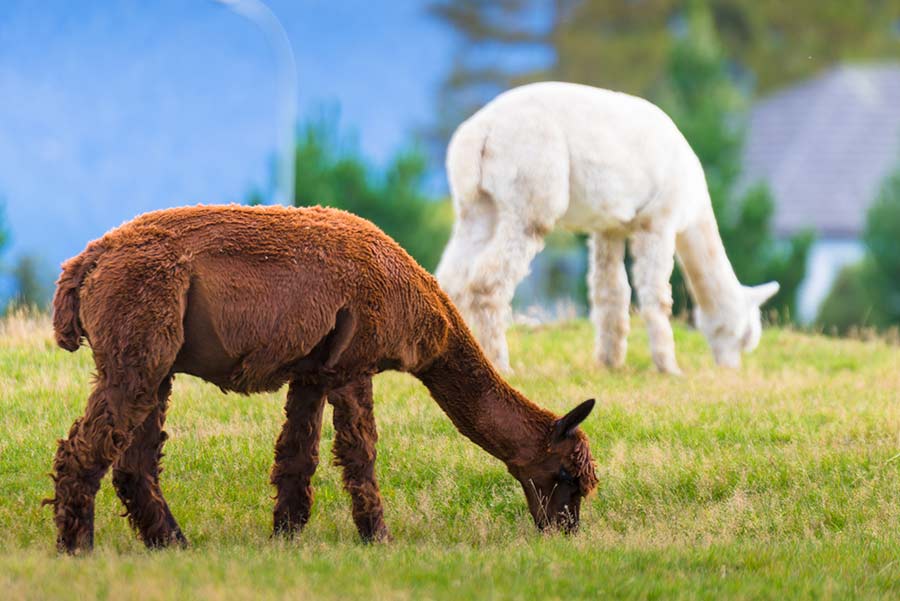Assessing an Animal Prior to Calling Your Veterinarian

From International Camelid Institute
It is very important to call your veterinarian any time there is a medical problem with one of your animals. When you call your veterinarian, being able to report some basic information about the animal and its environment can greatly improve the veterinarian’s ability to assess the situation and determine the steps required to resolve the problem.
The following guide can help you report the information that will be most beneficial to your veterinarian. More in-depth explanations can be found by watching the ICI video “Examining Your Animal before Calling Your Veterinarian.”
1. Check Respiration
- For the most accurate results, check/observe respiration before handling the animal.
- Watch the chest movement: does it appear to be even and regular or rapid and shallow?
- Look at the nostrils: is there excessive flaring of the nostrils?
- Assess respiratory rate by counting the number of breaths taken in a 15-second period and multiplying by four to get “breaths per minute”.
2. Heart Rate
- If you have a stethoscope, place the bell against the chest wall, behind the elbow (either side); count the number of beats in a 15-second period, then multiply by four to get “beats per minute”. You can hear what a “normal” heart sounds like in the video.
- If you do not have a stethoscope, place your hand over the same area and feel the beats for a 15-second period, multiply by four.
3. Temperature
- Restrain the animal so that you are able to lift its tail to insert the thermometer into the rectum; a quick-reading digital thermometer is recommended for accuracy and to lessen discomfort to the animal.
4. Mucous Membranes
- Check the color of the third eyelid by pulling the lower lid down; it should be pink - make note
if it is bright red or very pale. - Check the gums by pressing on them, waiting 2-3 seconds to make sure color returns.
5. Listen for C1 Contractions
- This is done by placing the stethoscope over the C-1 compartment of the stomach, on the left side of the animal, behind the last rib and listening for 2-3 minutes. Normal gut sounds will sound like soft, rolling thunder.
7. Palpation of the Abdomen
- Place your hands on each side of the animal’s abdomen. Is it larger than usual? Does it
feel tight? Is the animal resistant to being touched?
8. Feces
- Note if the animal has passed feces (manure) the consistency (diarrhea, dry, clumped, etc.) and color of the feces.
9. Environmental Assessment
- Note whether the animal has access to feed and water. Also, note if the animal is eating and drinking normally.
- Note the temperature outside. Is the ambient temperature extreme (hot or cold)?
"The above article is one of a series in the ICI’s “Barn Book” articles that accompany several of the ICI Video Series for camelid owners. We encourage owners to visit the site (www.icinfo.org) view the videos, download the “Barn Book” articles for use when working with your animals and get familiar with all the additional resources that are available. All information that the ICI offers is FREE and most may be downloaded and kept for reference."
Click here for a PDF that may be printed and placed in your barn ⇒
Like this article? Become a RMLA Member today!


